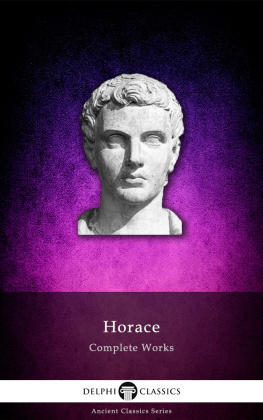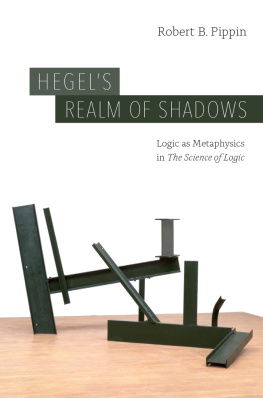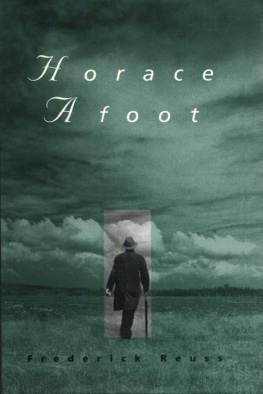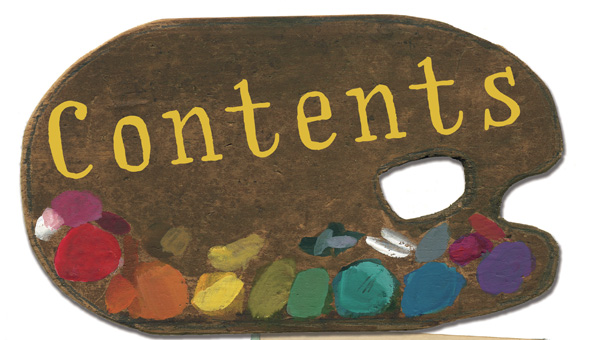
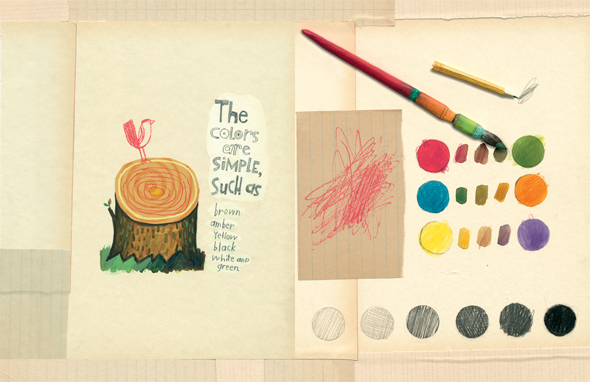

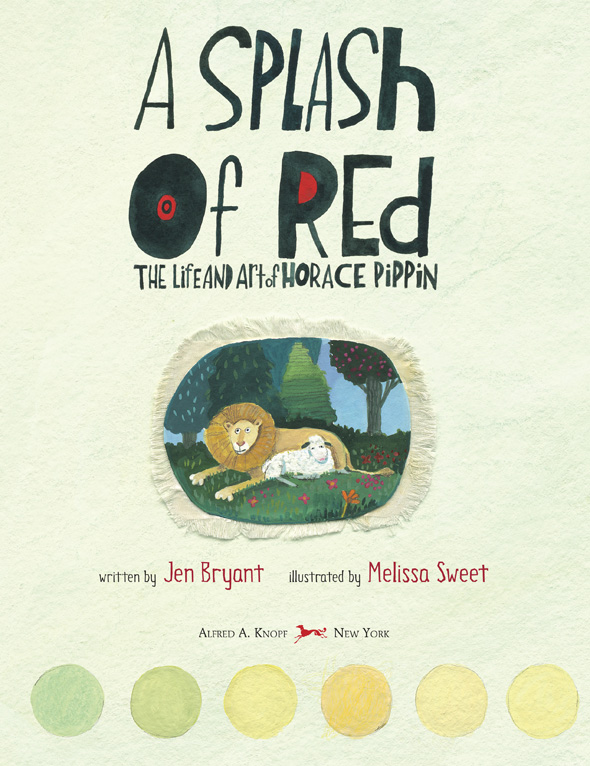
THIS IS A BORZOI BOOK PUBLISHED BY ALFRED A. KNOPF T ext 2013 by J ennifer B ryant J acket art and interior illustrations copyright 2013 by M elissa S weet A ll rights reserved . P ublished in the U nited S tates by A lfred A. K nopf, an imprint of R andom H ouse C hildren s B ooks, a division of R andom H ouse , I nc ., N ew Y ork . K nopf , B orzoi B ooks , and the colophon are registered trademarks of R andom H ouse , I nc . V isit us on the W eb! randomhouse.com/kids E ducators and librarians , for a variety of teaching tools visit us at RHT eachers L ibrarians.COM L ibrary of C ongress C ataloging in- P ublication D ata B ryant , J ennifer . A splash of red : the life and art of H orace P ippin / by J en B ryant ; illustrated by M elissa S weet . 1st ed . P. CM. eISBN: 978-0-449-81014-9 [1. P ippin , H orace , 18881946 J uvenile literature . 2. A frican A merican painters B iography J uvenile literature . 3. P ainters U nited S tates B iography J uvenile literature .] I. S weet , M elissa , ill . II. T itle . ND237.P65 B79 2013 759.13 DC 23 [B] 2012003209
The illustrations were created using watercolor, gouache, and mixed media.
Image credits: Historical note: Horace Pippin painting Man Seated Near Stove, photograph reprinted from Horace Pippin: A Negro Painter in America by Selden Rodman, copyright 1947, 1972 by Selden Rodman, courtesy of the Estate of Selden Rodman. Back endpapers: Self Portrait, 1941, oil on canvas board, courtesy of Albright-Knox Art Gallery/Art Resource, Buffalo, NY; The Bear Hunt I, 1930, courtesy of Chester County Historical Society, West Chester, PA; Cabin in the Cotton, 19331937, oil on cotton mounted on Masonite, photograph The Art Institute of Chicago, Chicago, IL; The End of the War: Starting Home, 19301933, oil on canvas, courtesy of Philadelphia Museum of Art, Philadelphia, PA; Saying Prayers, 1943, oil on canvas, courtesy of Brandywine River Museum, Chadds Ford, PA, Museum Purchase, 1980, The Betsy James Wyeth Fund. Random House Childrens Books supports the First Amendment and celebrates the right to read.
v3.1
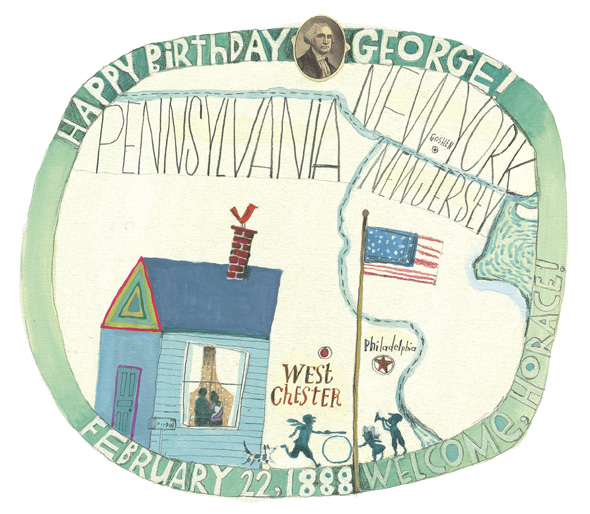
O n February 22, 1888, the town of West Chester, Pennsylvania, celebrated a holiday. That day, in that same town, Daniel and Christine Pippin celebrated the birth of their son, Horace.
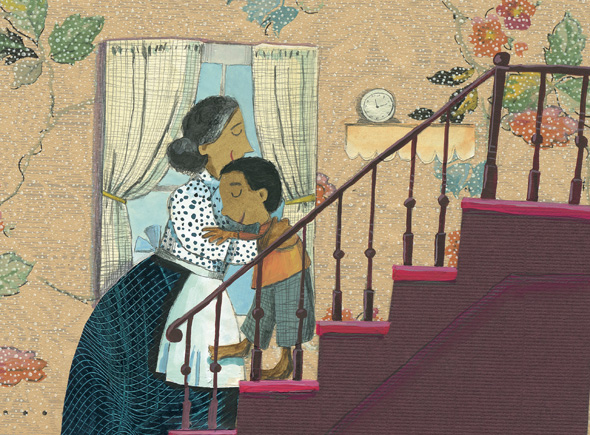
Horace grew fastso fast that his mother could barely keep up with the mending. Hell be a giant someday, the neighbors would say. Grandma Pippin smiled at Horaces long legs and big hands. She figured the neighbors were right.
Grandmas hands were big, toorough and scarred from her slave days in Virginia. But they were just fine for giving Horace hugs. The biggest part of you, she told him, is inside, where no one can see.

When Horace was three years old, the Pippins moved to Goshen, New York. As the family grew larger, everyone helped out.
Horace put his big hands to work. He fetched flour for his mother. He sorted laundry with his sisters. He played with his baby brother. He held the horse while the driver delivered milk.

At night, he piled wood for the stove and arranged dominoes so his grandmother could play. Then, if he could find a scrap of paper and a piece of charcoal, he drew pictures of what hed seen that day.
Horace loved to draw. He loved the feel of the charcoal as it slid across the floor. He loved looking at something in the room and making it come alive again in front of him. He loved thinking about a friend or a pet, then drawing them from the picture in his mind.
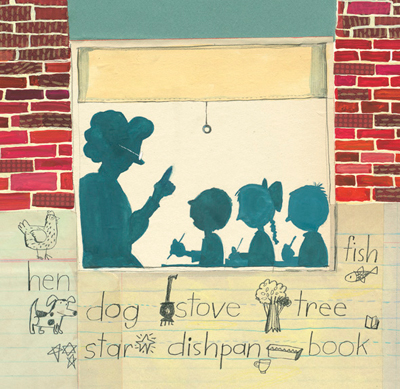
At school, he sat quietly at his desk, but his big hands were always busy.
Make a picture for us, Horace! his classmates said.
And Horace did.
His pictures made people happy.
Except when he made some next to his spelling list.
That made the teacher mad!
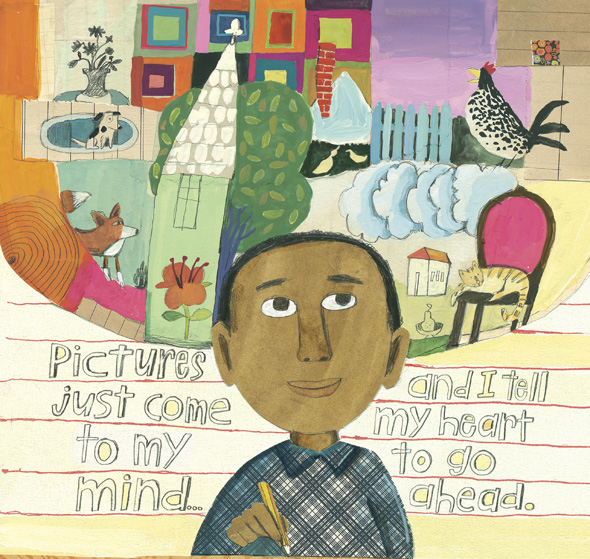
But Horace couldnt stop drawing.
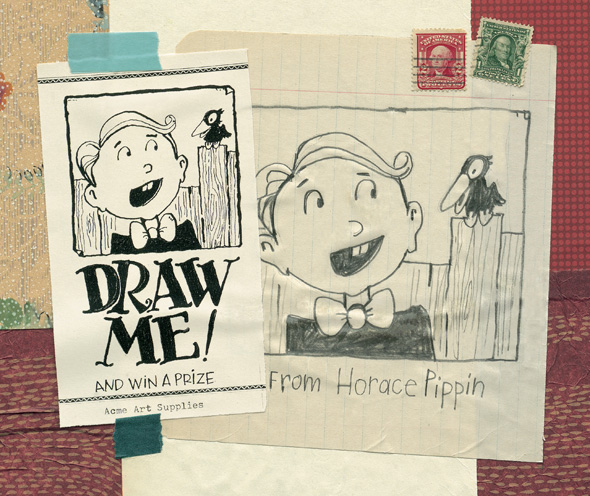
One day, Horace saw a funny face in a magazine. Draw me! And win a prize, it said underneath. Horace drew the face and sent it off.
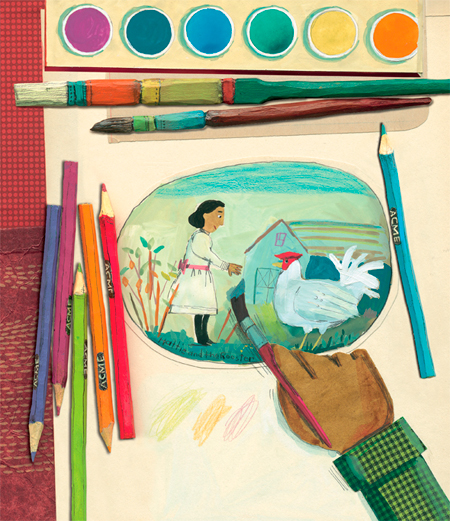
A few weeks later, a package arrived. Inside, Horace found colored pencils, a pair of brushes, and a box of paints.
Congratulations! said the note. Horace had won his first real art supplies.
Paint a picture for us, Horace! his sisters cried.
And Horace did. He painted everyday scenes in natural colors; then he added a splash of red.
Horace was in eighth grade when his father left for good. The family needed money, so Horace quit school and went to work.

For several years, Horaces big hands were always busy:
stacking grain sacks at a feed store,
shoveling coal at a rail yard,
mending fences on a farm,
carrying luggage at a hotel,
making brakes in an iron factory
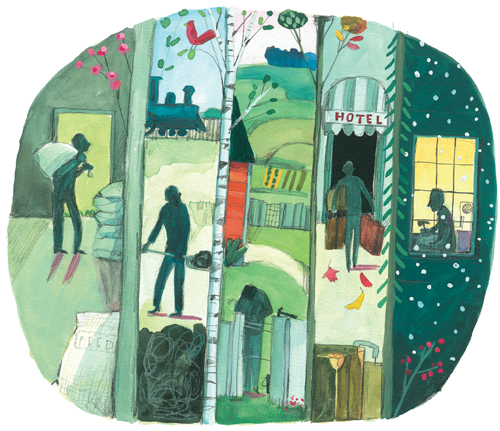

packing oil paintings into large wooden crates. Looking at these made Horace remember winning the art contest. How proud hed been! How hed loved those colored pencils, those brushes, and his first real box of paints!


